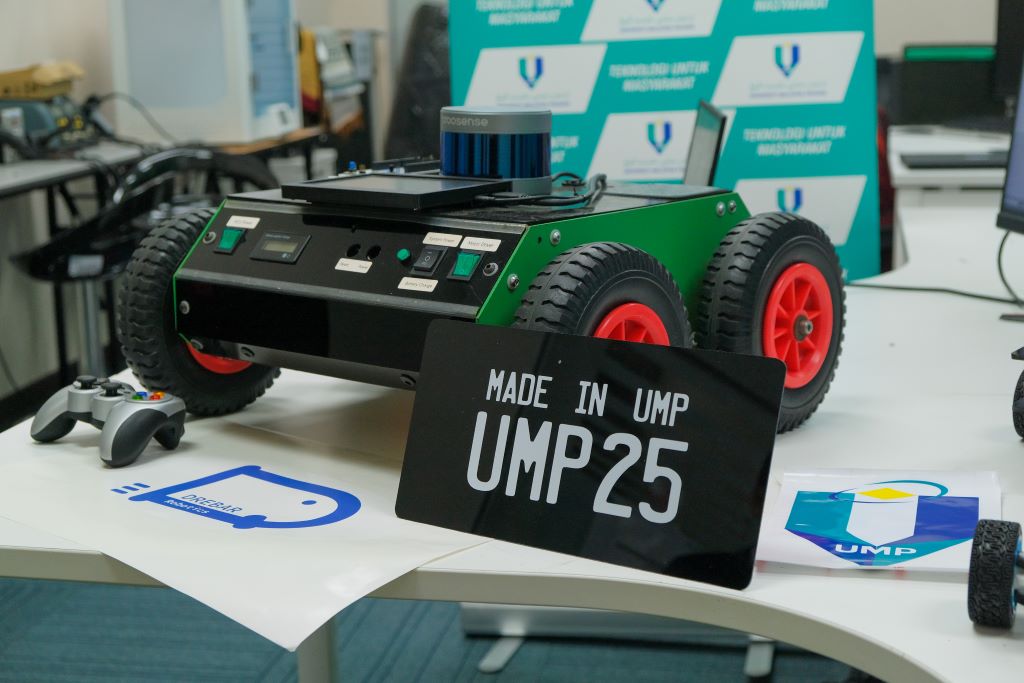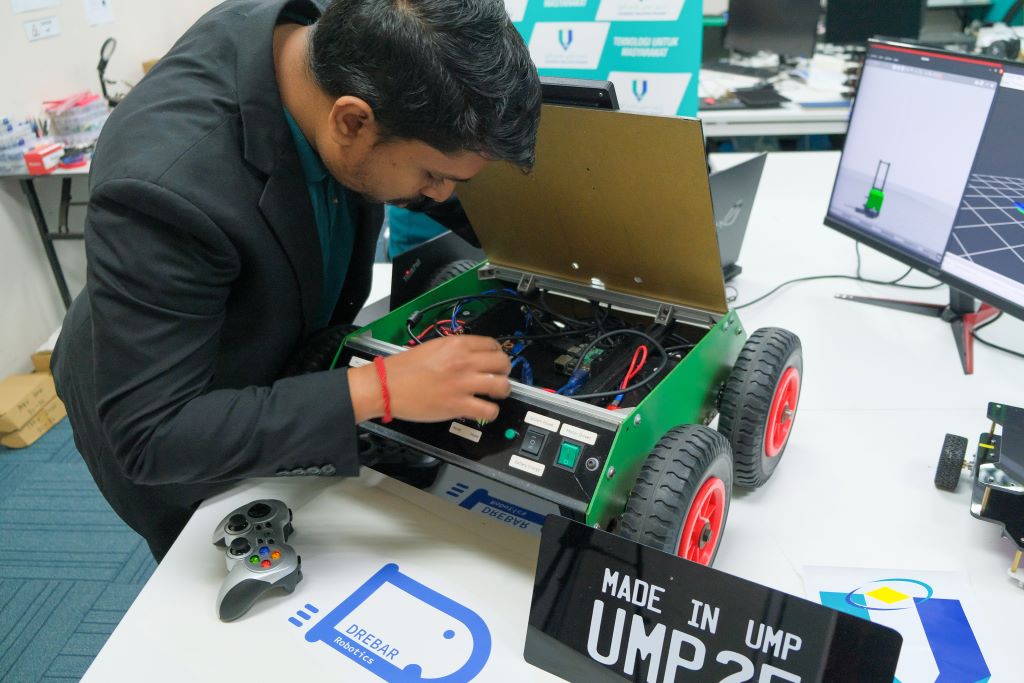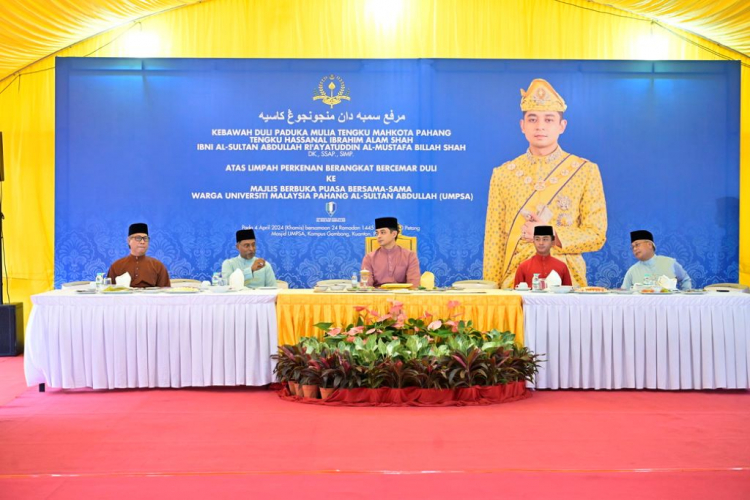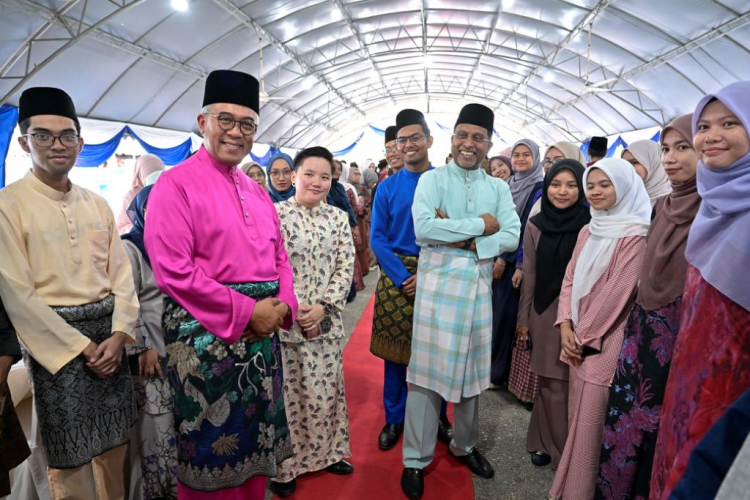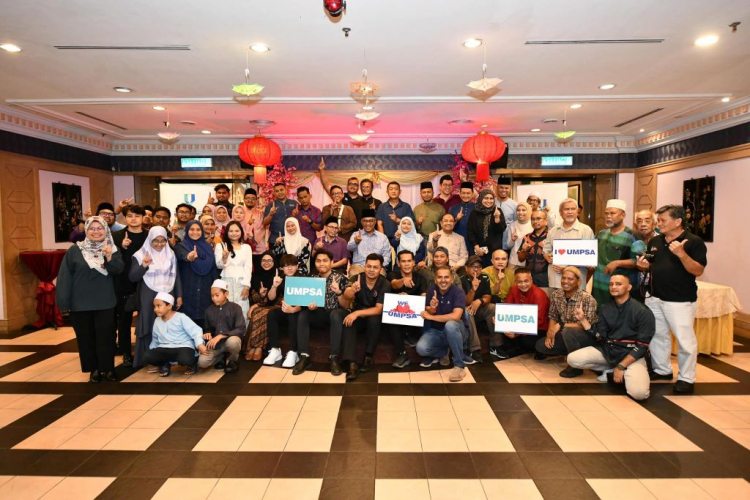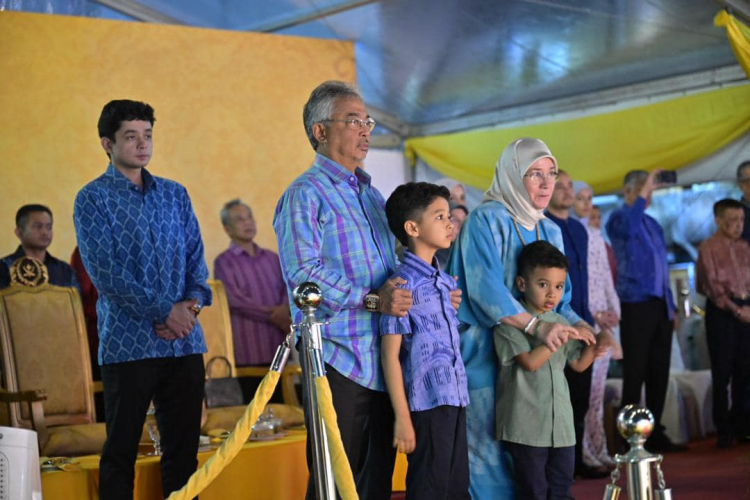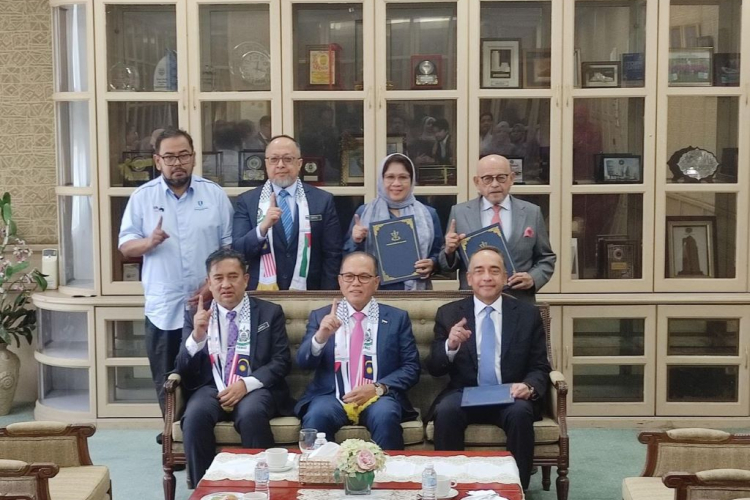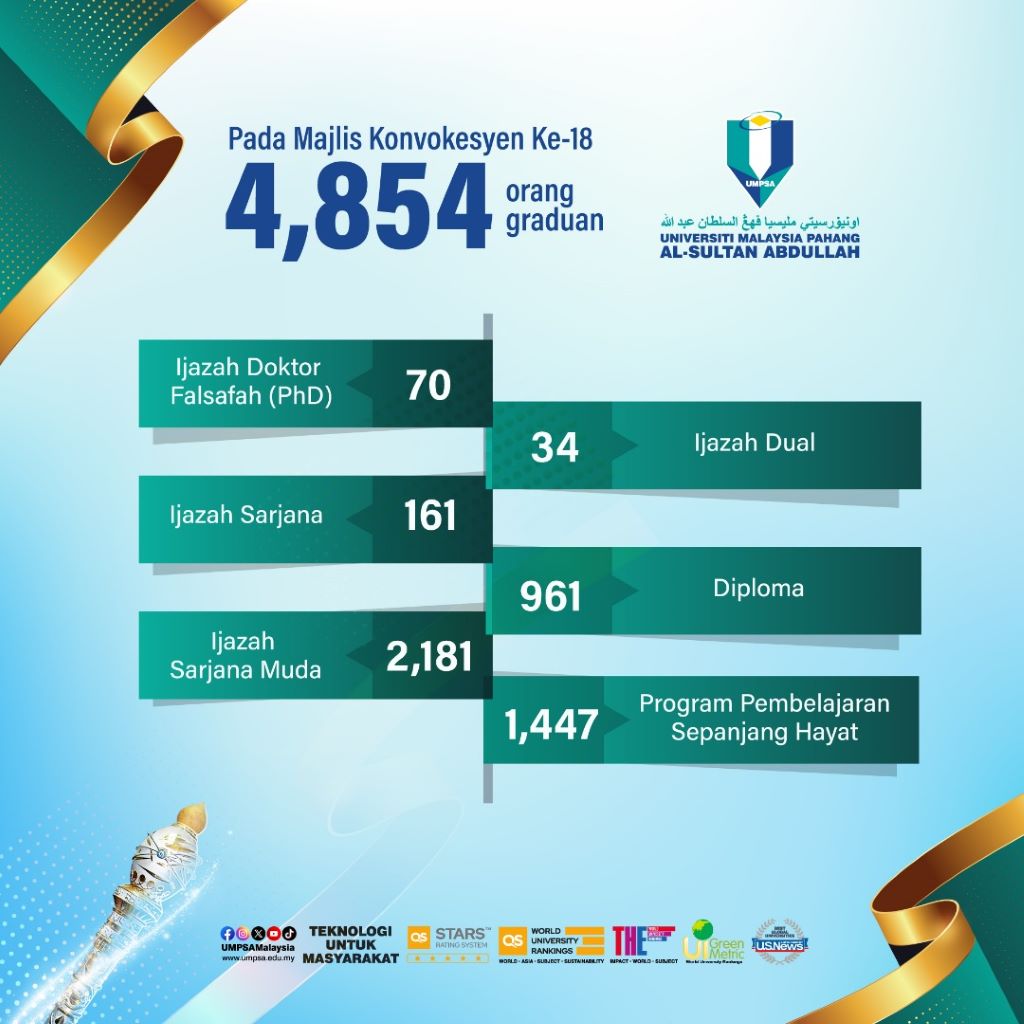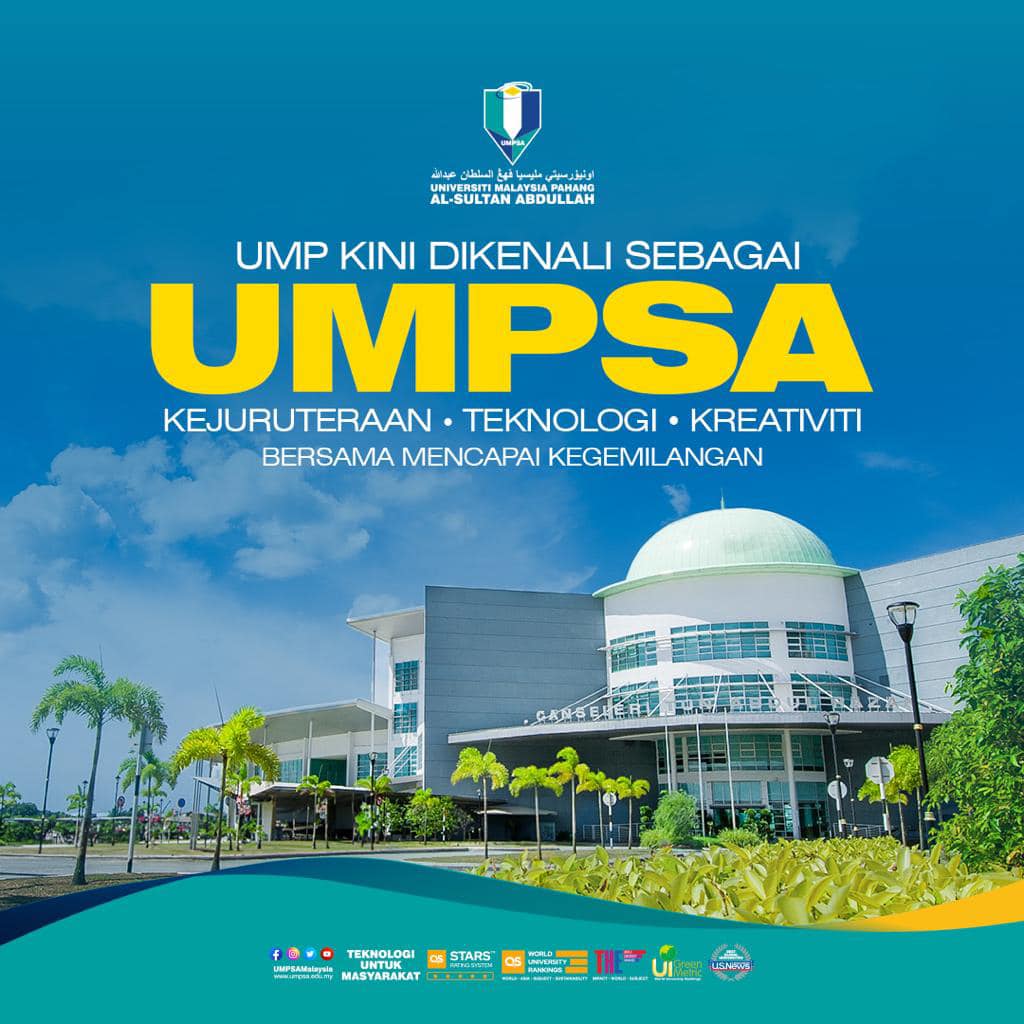DREBARedu trains TVET students understand robotic systems, build robots
PEKAN, 1 December 2022 - The development of robotic technology requires the expenditure of sophisticated robotic systems and large capital.
Recognising the difficulties for school or university students, especially those who venture into the field of Technical and Vocational Education and Training (TVET) to try and study the development of robotic technology by themselves inspires a group of lecturers from the Faculty of Manufacturing and Mechatronics Engineering Technology (FTKPM), Universiti Malaysia Pahang (UMP) to develop their own robotic module, DREBARedu, which is more pocket-friendly and has the same basis as advanced technology in mobile robot systems.
The difficulty of students getting the opportunity to experience this sophisticated sensor system for themselves inspired Ts. Dr. Muhammad Aizzat Zakaria with other researchers to develop DREBARedu which went through several improvement phases until it was completed in 2021 and has already been used for teaching in universities and several external institutions.
According to Ts. Dr. Muhammad Aizzat, DREBARedu is a complete kit developed at Autonomous Vehicle Laboratory, AEC UMP to assist TVET students and future technologies related to robotics, namely mobile robot and autonomous mobile robot.
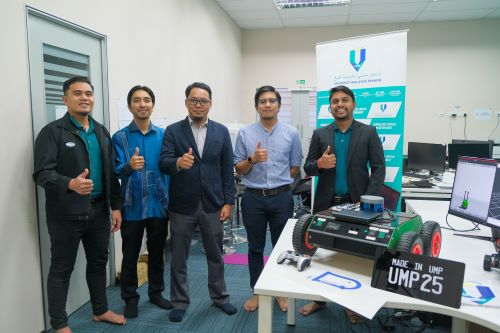
“DREBARedu consists of DREBARsim which is a simulator for moving robots and DREBARbot which is a robot for teaching and education.
“There are three levels in this module, namely the Beginner level which is suitable for school students or those who do not have a foundation related to robots.
“The Intermediate level is for students who have a bit of a foundation related to computer code and Advanced is for students who already have a foundation and want to build their own system,” he said.
Dr. Muhammad Aizzat who has expertise in the field of autonomous mobile robots, robotics and mechatronic systems has also used DREBARsim products to teach at one of the universities in Germany online and it is admittedly more understandable by students.
Initially, his team, also the lead researcher for the Flagship research project at UMP, obtained a research grant to develop a self-driving bus named Smart Campus Autonomous Vehicle (SCAV).
“We built SCAV starting from manufacturing mechanical, electrical and electronic parts to sophisticated computer programs in the laboratory from 2018 until now.
“During this period of SCAV research and development, we gained a lot of experience, knowledge and new techniques.
“Some of them were published in scientific articles or magazines targeting professional readers in the field of autonomous vehicles,” he added.
Based on his experience, the production of SCAV technology requires careful planning such as component selection, kinematic and dynamic calculations of vehicles, software systems, electricity and others since it is very technical and requires a large cost.
“When talking about robots, of course, many people are interested in these robots.
“Not only children but adults also like robots because they make their work easier.
“Thus, DREBARedu provides an opportunity for these students to make it easier to create their robots,” he said.
He further explained that DREBARedu had been combined with basic materials such as several complex program codes that have been arranged systematically, robotic installations and tutorials that are arranged according to the level of students,” he said.
More interestingly, it does not use paid basic software but all codes used were from open source that does not require a license to use software that has been developed so that the cost of the product can be minimised and cheaper.
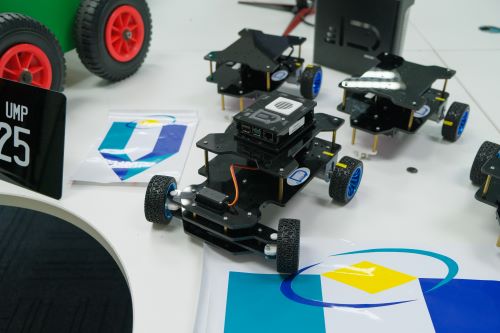
In addition, for DREBARbot, which is a robot for teaching purposes, they used the machines available at the university to achieve UMP’s desire to have products Made in UMP.
In line with UMP’s aspiration to produce high-level TVET graduates and meet the needs of the country, their main goal is to foster the interest of the school and university students in the TVET field.
Thus, he added, the concept of ‘Engineering is cool!’ has been applied by showing what they can do if they can make a robot like this.
“We understand the failure of the robotics system is very disappointing and students will easily give up.
“So, DREBARedu’s goal is to ensure that the code and modules are arranged systematically so that students can see the output immediately without ignoring the basis of the robot construction system itself,” he added.
Likewise, he said, when students successfully coded programs based on the DREBARedu module, a deep interest would be sparked and they could go to an even higher level and eventually become the national liners in this field for job preparation for future technologies.
“Furthermore, it can foster the interest of students from a young age and this is crucial to ensure that we will not experience the shortage of human capital needed in the future.
“Several improvements are also being made even though DREBARedu is used in the teaching module at UMP.
“Among them, there are also some products that still use components from abroad for internal components of DREBARbot,” he said.
To that end, they have been working with the industry on the potential to develop some of the electronic components in the system and some of the sensor prototypes are also being produced in the research lab of SCAV.
DREBARedu is produced using UMP internal grants, namely product development grants.
However, it received a very good collaboration from the industry, Move Robotic Sdn. Bhd.
The collaboration also involves technology validation readiness for several technical parts produced by Move Robotics.
This bilateral collaboration would create a university-industry ecosystem and produce Malaysian-made technology.
He added that fostering student interest from a young age is vital to ensure that the country will not experience the shortage of human capital needed in the future.
“Before DREBARedu, we also produced DREBAR products that focused on technology in research.
“We also developed several prototypes such as DREBAR Merak which is unmanned forklift system technology, DREBAR Puru and DREBAR Kaloi drebar which are 3D Lidar Perception System technology for unmanned boats and DREBAR IMU which is sensor technology for SCAV use.
These products use the same basic code that has been modified based on the requirements of the self-built system.
This product was also recognised when it recently won a gold medal at the International Conference and Exposition on Inventions by Institutions of Higher Learning (PECIPTA) 2022 held at Universiti Malaysia Kelantan (UMK) last year.
UMP won seven gold, four silver and one bronze medals in PECIPTA 2022.
By: Mimi Rabita Abdul Wahit, Corporate Communications Division, Chancellery Department
Translation by: Dr. Rozaimi Abu Samah, Engineering College/Faculty of Chemical and Process Engineering Technology


